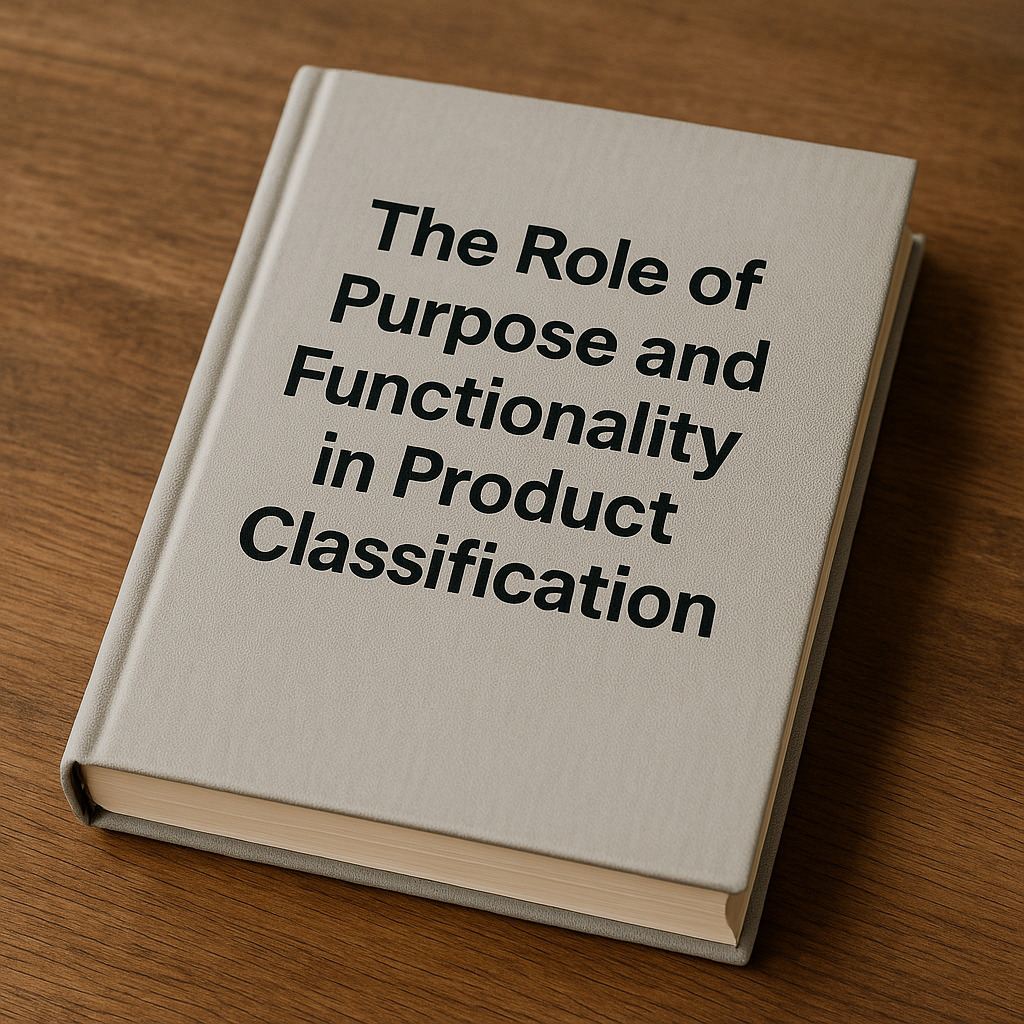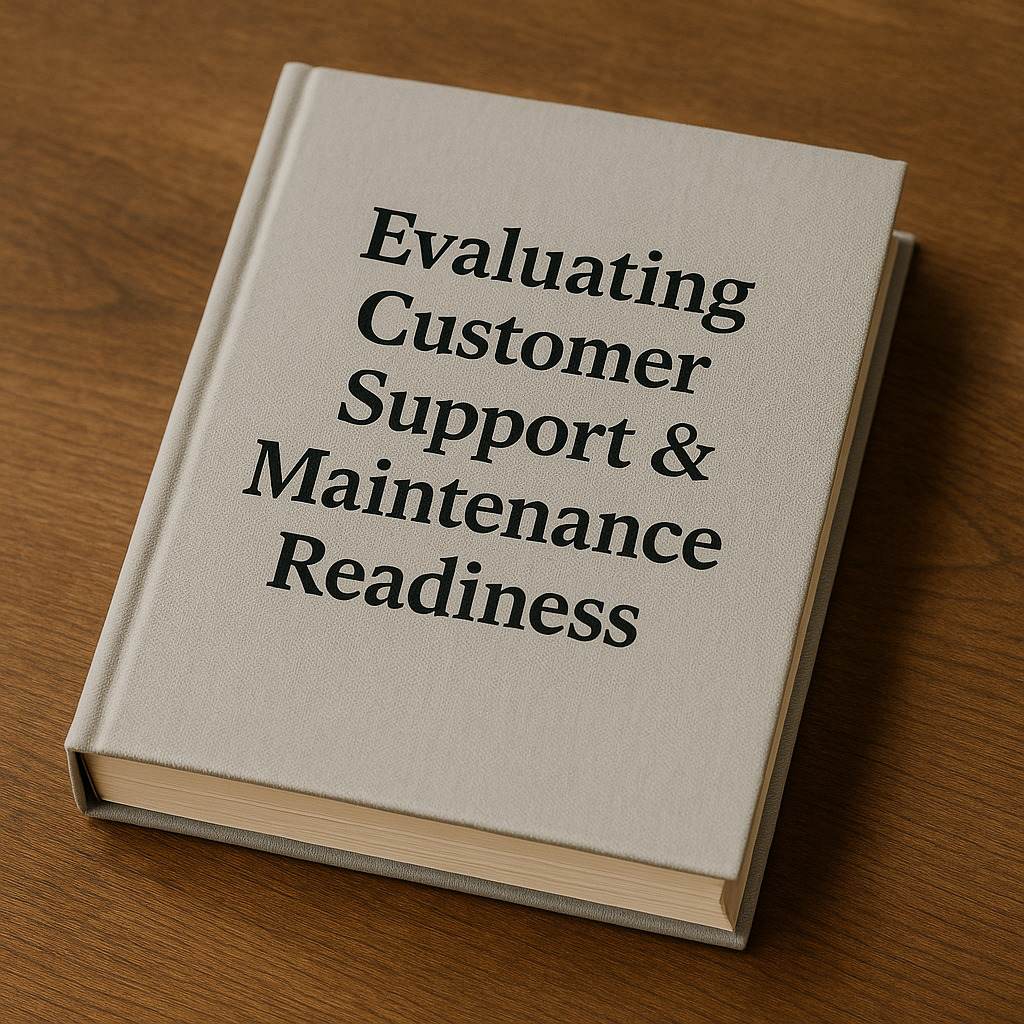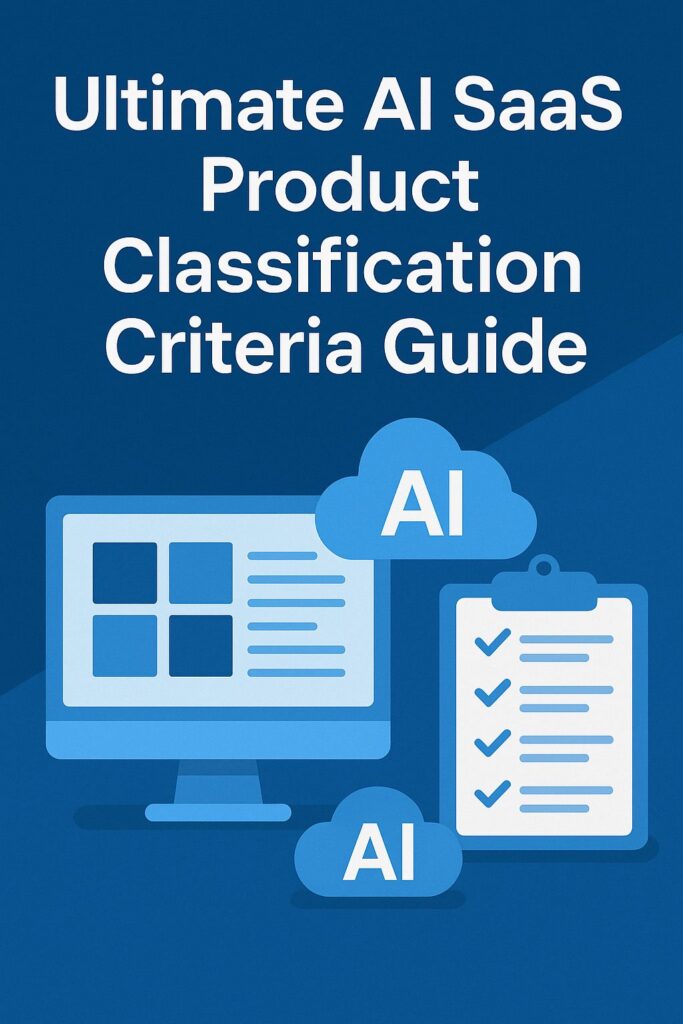As someone deeply involved in technology, I’ve watched how ai saas products have taken center stage in an evolving world of digital solutions. These tools have become indispensable for businesses in nearly all sectors, helping to streamline complex operations. When your company grows, your decision-making needs to scale with it—fast and smart. I’ve found that categorizing products early makes scaling much smoother.
With so many offerings flooding the market, it’s increasingly challenging to navigate your options. Many companies now enter with innovative tools, yet what’s available isn’t always what’s useful. My experience taught me that good classification avoids wasted time and missed chances. A clean structure gives your team the ability to respond and adapt quickly in any saas environment.
A smart framework helps clients and internal teams find exactly what they need. It’s about value, not volume—how you communicate and position your products is key. You must categorize with clear purpose and understanding to remove confusion. I’ve guided many users through this, and every time, it starts by defining strong criteria to classify and delineate offerings—your top tool for efficiency and impact.
Why Classifying AI SaaS Products Matters More Than Ever
In my consulting work with ai saas companies, I’ve seen how a well-defined classification can bring serious clarity. Many businesses offer incredible solutions, but without classifying their products, customers get lost. Making informed decisions depends on how available information is presented.
When you categorize based on differentiation and specific features, it enhances customer engagement. A tailored pitch that highlights offerings always reaches the right audience. With clear marketing strategies, your brand doesn’t just stand out—it connects better with real needs.
I’ve helped internal departments improve collaboration by using clean classifications. When teams understand functionalities clearly, their workflow becomes more efficiently aligned. This makes sales, support, and development more effective through structured processes.
Don’t underestimate how much a smooth navigation experience matters. Users should easily identify what product fits their requirements without feeling overwhelmed. Good UX on websites, platforms, and categories simply leads to the best results for the user.
In this fast-paced, competitive landscape, building trust is everything. From my experience, an effective classification system builds real confidence between providers and users. It’s what shapes the overall experience and keeps your AI SaaS brand thriving in a shifting market.
The Role of Purpose and Functionality in Product Classification

The purpose of a product strongly determines how well it meets specific needs. A clear criteria here makes classifying much more effective for both user and provider.
Each solution should serve a defined functionality, whether through automation, data analysis, or customer engagement. Understanding this aspect helps teams know if the product truly delivers.
It’s key to identify what problems the product solves, and how it might enhance productivity or offer critical insights. These answers help shape a strong classification in a competitive market.
Having a core focus allows for smarter positioning against competitors, and lets users grasp the value more quickly. A product that caters to unique demands stands out better and serves its category.
Finally, a well-specified functionality influences adoption rates, satisfaction, and performance in a crowded marketplace. The potential for better results increases when there’s clarity in what the product provides.
Target Market & Industry Relevance in Classification
Identifying your target market or industry is crucial when positioning an ai saas product. Different industries come with distinct challenges and needs that heavily influence software design. These requirements define how well your product serves real users.
In regulated spaces like financial or healthcare, compliance, security, and data protection are non-negotiable. Some demand real-time analytics, others require accurate assessment tools or strict regulations. You must tailor your offerings to match each sector’s capabilities and nuances.
Knowing if you’re targeting small businesses or large enterprises helps dictate your pricing, features, and strategies. Organizations with advanced integrations have different functionalities compared to those seeking cost-effective, essential solutions. I’ve seen recognizing this early save teams months of lost effort.
To boost relevance, start by aligning your product with specific demands of your audience. It will enhance satisfaction, drive user efforts, and shape clear marketing and development priorities. A well-defined niche ensures you ensure long-term product success.
How to Classify AI SaaS by Intelligence Level
When classifying ai saas products, the level of artificial intelligence capability is crucial. It helps determine how much sophistication and effectiveness a solution can deliver.
Some products rely on basic automation, while others leverage deep learning, algorithms, or natural language processing. In a competitive market, innovative features often make a strong impression.
You must guide users by clearly understanding your product’s use of heuristics, predictive tools, or neural networks. These solutions not only solve problems but also improve over time through smart learning.
Assessing maturity helps gauge how a capable ai system fits your needs. Features like personalization, real-time analysis, and strong data handling enhance overall user experience.
Finally, recognizing intelligence levels allows companies to make informed decisions about integration, scalability, and future operations. These insights aid long-term success in complex businesses.
User Experience & Interface in SaaS Classification
An intuitive user experience and streamlined design are essential to the success of any AI SaaS product. A smooth design creates positive impressions and boosts early engagement with users.
If your features are complicated or cluttered, users will turn away quickly. A confusing flow or convoluted layout breaks the experience and fails to meet real needs.
Understanding how users navigate helps in refining the core functionalities. Aim to ensure each step is smooth, user-friendly, and intuitively engaging.
Use feedback, tutorials, and guides to support onboarding and continually improve. I’ve seen improvements by simply listening to customers and adapting based on their behavior.
Aesthetically strong designs that are flexible to evolving expectations make the product more usable. Good onboarding is also key—it helps users adapt to even complex workflows.
To stand out in a crowded market, you must differentiate your design strategy. That approach fosters long-term loyalty, fostering lasting satisfaction and a truly successful AI SaaS experience.
Evaluating Customer Support & Maintenance Readiness

When classifying an AI SaaS product, you must evaluate how a company handles customer support and maintenance. These are key aspects that impact long-term success and usage.
A responsive team that offers timely help in solving issues, answering questions, and managing queries makes a big difference. It strengthens the relationship between users and the provider.
Consistent upkeep, frequent updates, and continuous software enhancements are essential. Frequent fixes and secure releases show a proactive and reliable support system with a competitive edge.
Educational resources, clear functionality, and consistent feedback loops enhance the experience. Companies that offer effective strategies and robust solutions build lasting trust in their performance across critical areas.
Final Thoughts on Defining Clear Criteria
To truly succeed with AI SaaS products, companies must embrace a holistic approach to classification. It starts by identifying the purpose, functionality, and target market of the solution.
Understanding user experience, defining capabilities, and recognizing industry standards help streamline development. This kind of strategic clarity enhances user interaction and decision-making at every stage.
Evaluating the five criteria ensures your product is well-positioned in a competitive landscape. A focus on support, maintenance, and robust performance builds lasting trust with your customers and clients.
From a marketing perspective, your message should communicate benefits, meet search engine terms, and stay relevant to evolving needs. These steps foster retention, boost visibility, and strengthen customer relationships.
Every product is unique, but these efforts make it easier to navigate user expectations. When providers take time to align their goals with real user value, they don’t just meet criteria—they build future-ready solutions.
FAQs on AI SaaS Product Classification Criteria
1. Why is classifying AI SaaS products important?
Proper classification helps businesses communicate value clearly, enhance marketing efforts, streamline decision-making, and ensure users can easily find the right solution for their needs.
2. What are the main criteria for AI SaaS product classification?
The five main criteria are:
- Purpose and Functionality
- Target Market or Industry
- Level of AI Capability
- User Experience and Interface
- Customer Support and Maintenance
3. How does the product’s purpose and functionality affect classification?
Defining the product’s purpose and core functionality helps determine if it meets user needs, whether it’s built for automation, data analysis, or customer engagement, making classification more precise.
4. Why is the target market or industry a key factor?
Different industries have different needs. Classifying by market ensures features, pricing, and messaging are tailored to either small businesses or large enterprises, improving product fit.
5. How does AI capability influence product classification?
Understanding whether the AI is basic or advanced (e.g., machine learning, NLP) shows how the product learns, adapts, and delivers smarter insights, which affects its category and customer expectations.
6. What role does user experience (UX) and interface play?
A smooth, intuitive interface improves usability and customer satisfaction. Clear UX helps classify products meant for simplicity, guided onboarding, or complex functionalities.
7. Why are customer support and maintenance part of classification criteria?
Products with strong, responsive support and regular updates indicate reliability and long-term value. Including this in classification builds trust and retention.
8. Can proper classification improve search visibility?
Yes. Using relevant terms like “AI SaaS product classification criteria” helps boost visibility in search engines, making your product easier to discover online.
9. How can companies apply these criteria effectively?
By combining strategic evaluation, continuous feedback, and a focus on user needs, businesses can align their SaaS products with evolving market demands and stand out competitively.
ALSO READ:
Kentucky Walmart Police Presence: Unveiling Security & Community Impact
Nlpadel: Revolutionizing Padel With AI And Neural Learning
Boost Production with a Smart Back Casting Room Setup

